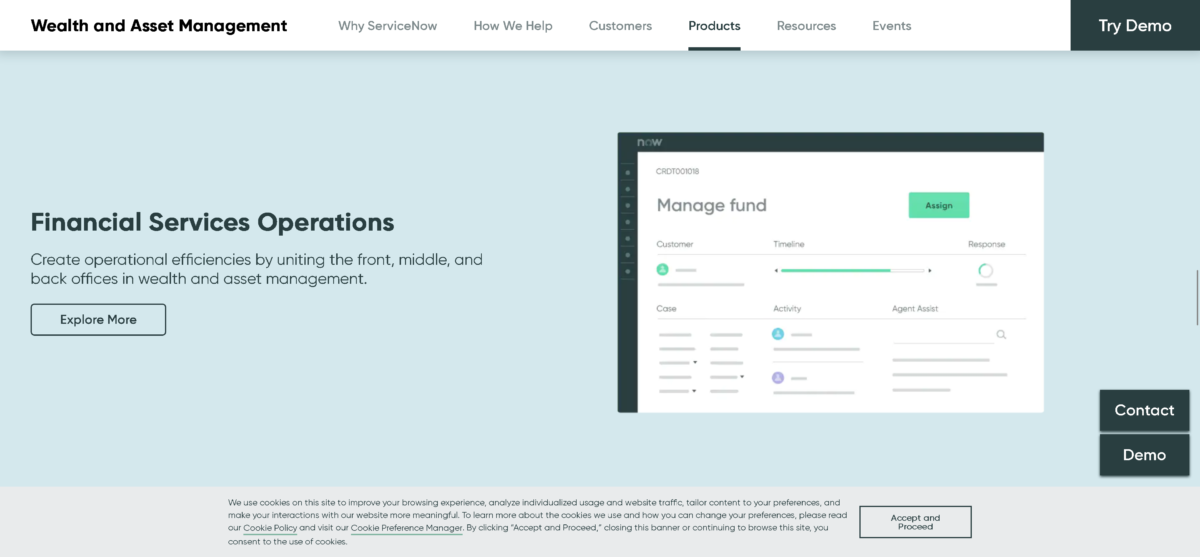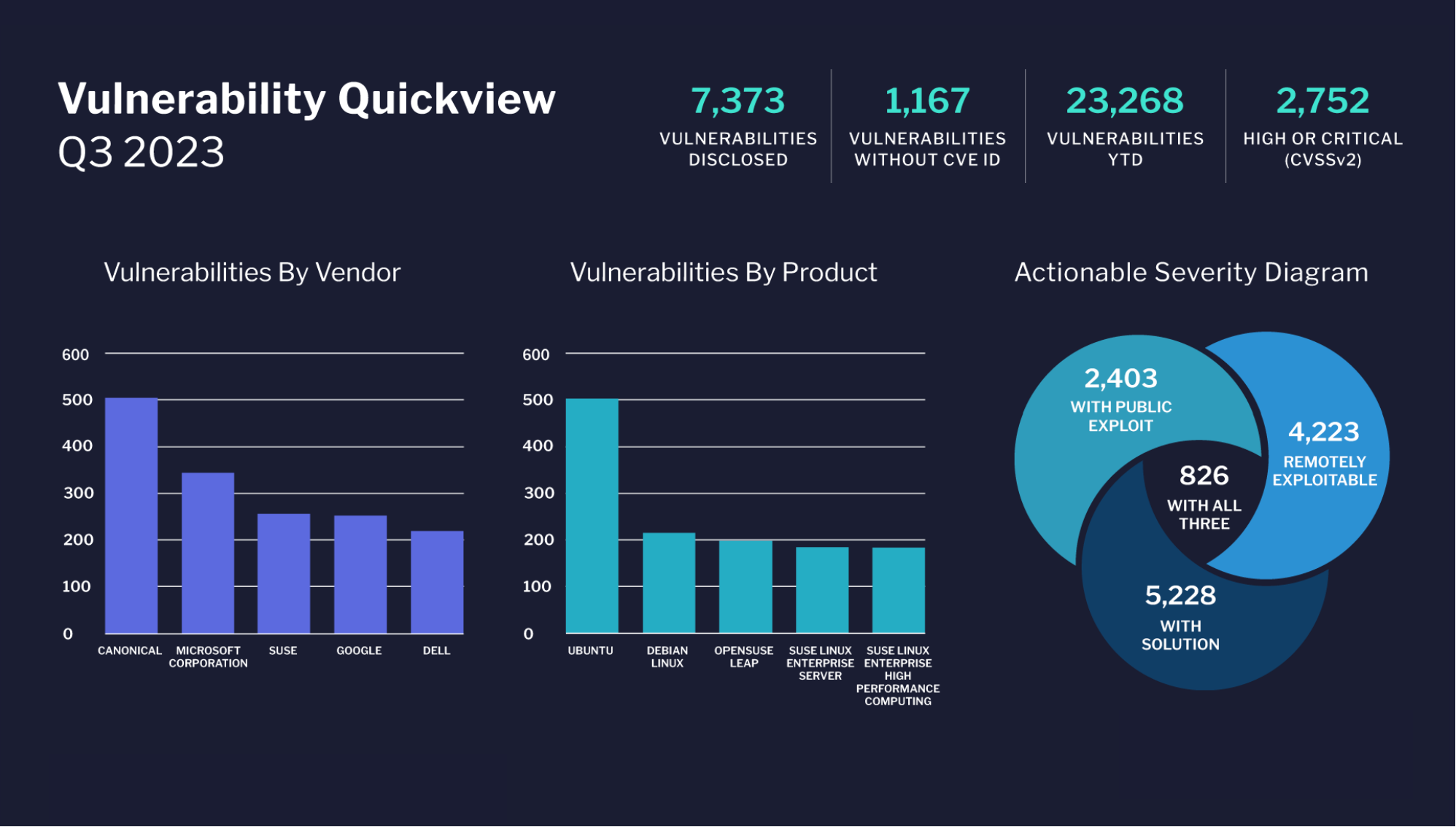Back in 2007, before the cloud was called the cloud, the Oil Spill Recovery Institute (OSRI), an organization formed by the U.S. Congress to assist in cleaning up the lasting damage from the 1989 Exxon Valdez oil spill, sought to find creative techniques for separating oil from water in recovery barges in the sub-freezing temperatures of the Alaskan winter, where everything turns solid, or at least extremely sludgy, making cleanup extremely difficult. The OSRI turned to InnoCentive, a centre dedicated to open innovation by opening up challenging engineering and scientific problems to the world, and providing rewards for people who are able to come up with a solution. The OSRI found a solution in the mind and experience of one John Davis, whose background was not in the oil industry, but rather in the concrete industry, where vibrating metal poles were commonly used to keep concrete from hardening too soon. He proposed that the same technique should be used for the oil sludge, and thus brought together two worlds that had previously seldom interacted.
The OSRI example is just one of many case studies that highlight the growing power of connecting people through various cloud technologies, such as crowdsourcing, open innovation and freelancing.
Access to FaceBook in the Workplace, for example, has long been maligned by senior management circles as being a timewaster and a poor example to visiting customers. However other organizations are recognizing major benefits from the data and atmosphere of FaceBook-style social media: it connects internal people who might otherwise never meet, allowing their mutually compatible talents to be joined and used for the benefit of the organization. Others are starting to recognize that an employee’s social media profile might actually be a better indicator of performance than more traditional personality tests, and research, such as that done recently at Cornell University backs this up.
Freelancing, too, has become a major new channel of employment opportunity for professionals of all ages, from students just starting out, to more seasoned workers either looking for new horizons, or having the choice forced upon them through downsizing. Cloud-based freelancing sites such as elance.com, freelancer.com, guru.com and odesk.com provide an opportunity for people to meet: those who need talent and those who have skills to sell. The pay for many of these jobs is lower than it might be inside the walls of a bricks-and-mortar company, but they often lead to repeat and referral jobs and in some cases, longer-term contracts.
Companies are discovering that instead of simply being time wasters, the social side of cloud technology actually helps people connect in ways they simply cannot or will not in more traditional avenues, such as meetings and email. Superconnectors, those people who are naturally able to network and communicate – the movers and shakers of any corporate community – are more likely to be found through the various channels of the cloud than anywhere else. Innovative minds, too, might not be easily spotted using traditional terminologies of résumés, but instead through keywords and hashtags.
Companies that stand to survive into the next decade are ones that see the cloud revolution as not simply one of technological change, as in shifting data from internal servers to cloud-based storage, but instead that envision a wholesale change in relationships with employees and with employees’ talents. Those that embrace a dynamic cross-pollination by allowing the social media side of the cloud to become a fully supported element of workplace society will benefit from a degree of innovation and interaction that is no longer a luxury as it is a necessity.
By Steve Prentice





